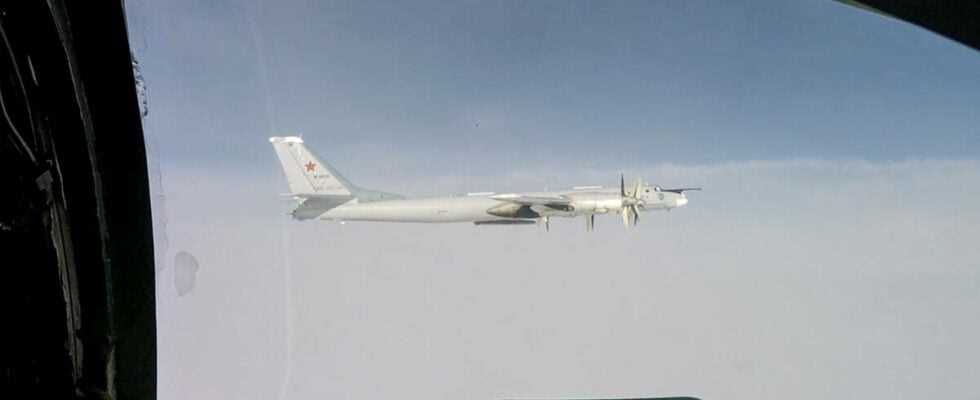The head of the Kremlin announced this Sunday to alert the “deterrent force” of the Russian army. A device that encompasses various types of weapons, including nuclear.
Towards an escalation of violence? This Sunday, on the fourth day of the Russian invasion of Ukraine, President Vladimir Putin decided to put the “deterrent” of the Russian army. “I order the Minister of Defense and the Chief of Staff to put the Russian army deterrent forces on special combat alert regime”he said during an interview with his military leaders broadcast on television.
As often to an order from the head of the Kremlin, Defense Minister Sergei Shoigu replied succinctly: “It’s understood.” But what exactly are they talking about? Release explains to you.
The precedent of 2014
The notion of “deterrence” gained momentum during the Cold War, in particular because of the accumulation of nuclear weapons. She returned to the media in 2014, during the annexation of Crimea by Russia, Vladimir Putin already referring then to its nuclear status in order to discourage any response. The following year, in a documentary, the Russian president confided that he was ready to put the nuclear forces on alert if the West had intervened militarily in this conflict.
According to NATO’s definition, the “deterrence” is a military strategy consisting of “threaten to use force in order to deter an adversary from taking an undesirable action”. As noted by the Russian-language media Medusathe Russian Ministry of Defense specifies that its “deterrent” intended to “to deter aggression against Russia and its allies, as well as to defeat its aggressor in a war using various types of weapons, including nuclear weapons”.
Nuclear, but not only
In fact, it also includes many “offensive deterrents” only “defensive deterrents”. The first category does include attack nuclear weapons, which can be fired from ground bases, aircraft at intercontinental range or even submarines. But also non-nuclear devices, such as bomber units, surface ships or long-range precision weapons such as Iskander ballistic missiles.
The second category covers defense technologies, such as warning systems in the event of a missile attack, space and air control systems or even anti-missile shields.
In order to justify putting his deterrent force on alert, Putin denounced the “bellicose declarations of NATO” towards Russia. Describing in particular the economic sanctions taken against Russia for its invasion of Ukraine as“illegitimate”.
Was he referring directly to nuclear weapons? Impossible to know at this stage. saying to themselves “nervous”Pavel Podvig, nuclear specialist, indicates on Twitter that there is no doubt: “The Kremlin has no good exit door at this point and contemplates an existential threat as it stands.”
Special adviser to the Foundation for Strategic Research, François Heisbourg, for his part, estimated with Freed who should have “take very seriously the nuclear threat agitated by Putin”.
“Repeated pattern”
“At no time was Russia threatened by NATO or Ukraine. […] We will resist this,” denounced White House spokeswoman Jen Psaki. According to her, this reaction of Vladimir Putin is “a repeated pattern that we have seen from the Russian president during this conflict, which is to fabricate threats that do not exist in order to justify continued aggression.”
Asked by journalists, a US defense official declined to say whether the United States was planning a response involving a change of position regarding its own nuclear forces.
